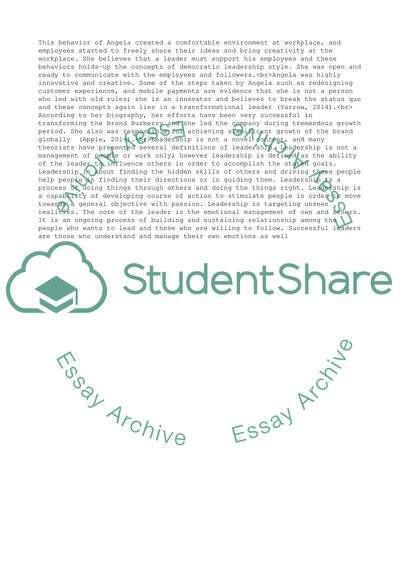Cite this document
(Angela Ahrendts leadership analysis Research Paper, n.d.)
Angela Ahrendts leadership analysis Research Paper. https://studentshare.org/management/1831390-angela-ahrendts-leadership-analysis
Angela Ahrendts leadership analysis Research Paper. https://studentshare.org/management/1831390-angela-ahrendts-leadership-analysis
(Angela Ahrendts Leadership Analysis Research Paper)
Angela Ahrendts Leadership Analysis Research Paper. https://studentshare.org/management/1831390-angela-ahrendts-leadership-analysis.
Angela Ahrendts Leadership Analysis Research Paper. https://studentshare.org/management/1831390-angela-ahrendts-leadership-analysis.
“Angela Ahrendts Leadership Analysis Research Paper”. https://studentshare.org/management/1831390-angela-ahrendts-leadership-analysis.


